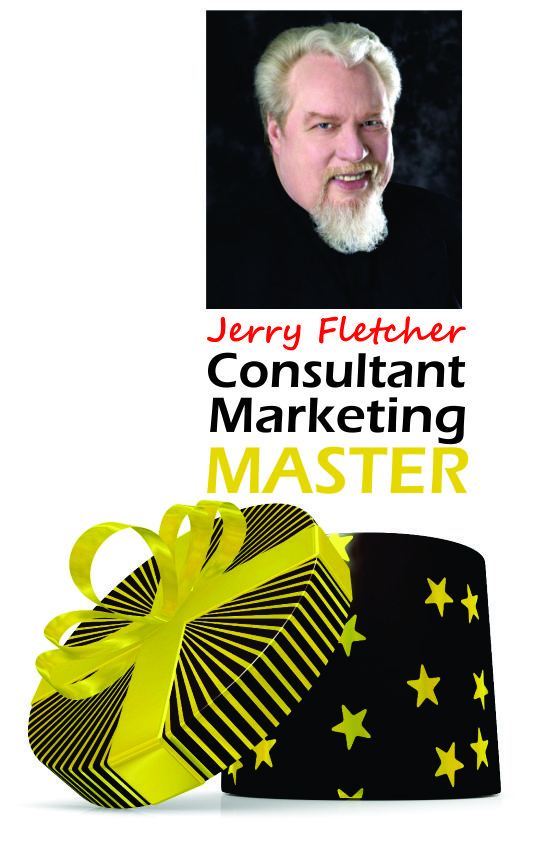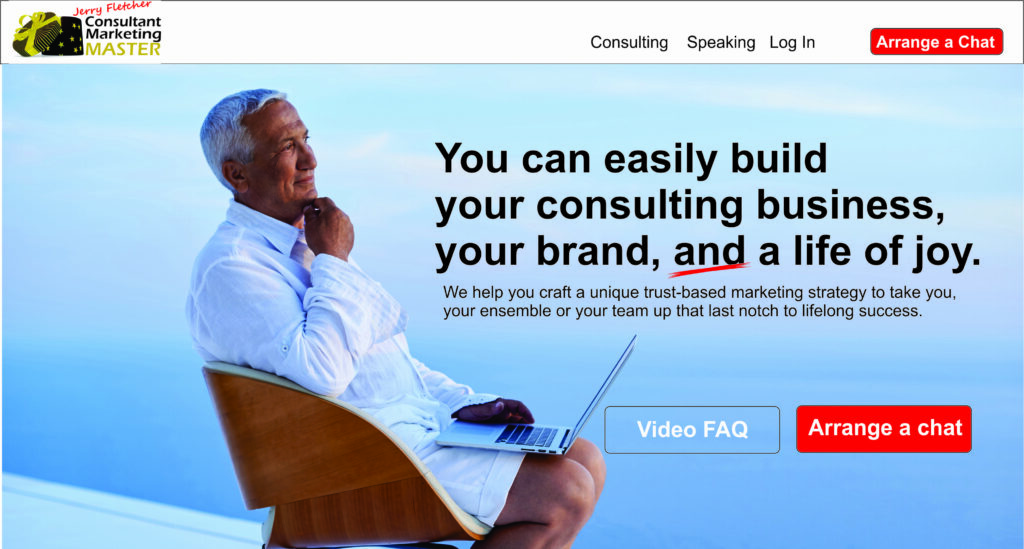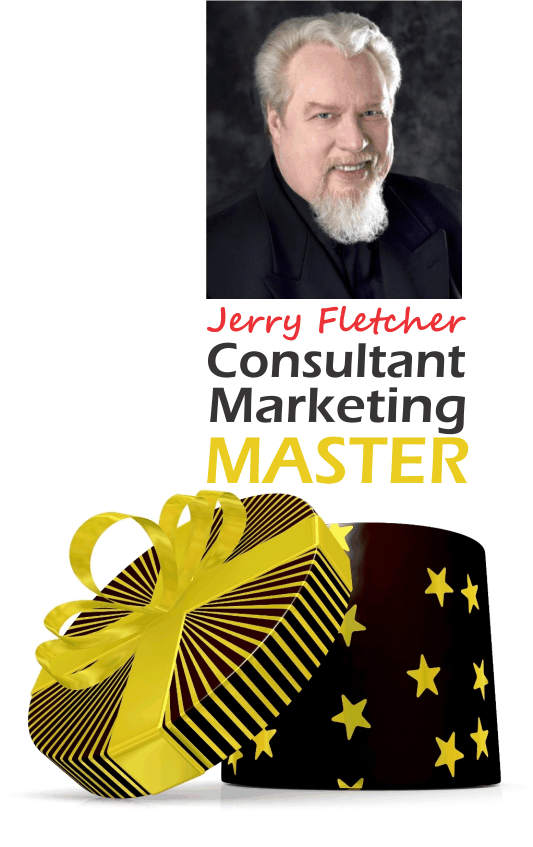
Like it or not, if you are an independent professional you will, at some point, have to do it.
Times change.
Clients change.
Technology changes.
Your mission, should you choose to accept it is:
- Adapt your approach and processes to today’s requirements
- Find a way to get in sync with your kind of customers
- Step up to the new technologies and learn how to use them.
I thought November and December were going to be quiet, just the regular client work, minimal new business meetings and just some seasonal cocktail dos. So I signed up for two on-line courses that help with that whole reinvention thing.
The best laid plans…
Two new clients, bless them, sent my laid-back, study at leisure, pipe dream up in smoke. I figured the year end change over would be cake walk. I got behind on the classwork. So I ensconced myself in the office over the holiday and did several ten hour days to get to the point where I’m only two days behind on each course.
An open mind.
I’ve learned a great deal because the coaching calls for the courses are recorded on video and available for viewing at your convenience. You can learn a lot by simply listening to other folk’s questions about how things work. One course has a Friday coaching call that deals with the technologies necessary to develop, sell and deliver products in person and on line. The nice thing is that technologies are reviewed from free to paid, cheap to expensive. The coach is straightforward about his preferences and gives his reasons why.
Because I have had numerous clients in the technology sphere I am regularly assaulted in my inbox with pitches for new products and I’ve been known to try them out. That’s why I recommend products that originate around the world. This experience convinced me that I had made the right decision in going to Office 365 instead of opting for the free Google suite. Having to generate responses in Google docs and monitor activities in Facebook verified that neither is the best business approach.
It is really all about the experience
I’ve sold information products as a speaker since the 1990’s but had stopped when a combination of ill health and technology shift put that on hold for a couple years. So I dove into learning about how the dopamine injected addiction of gamification can assure that the expertise you offer for a business or personal problem gets put to use.
That is the big win in this shift. The research shows that by moving to an experiential model the number of people that actually use the advice offered, that complete the programs, goes from 1 to 5% up to 30 to 50% on average and as high as 70 to 90% in some cases!
Winning on the platform and after
Most people that step on to a stage and speak in public do it to because they firmly believe they have a message of value to deliver. Whether you are looking to get paid for the speech or to build your business by getting in front of prospects or simply intent on helping people you can learn to do it better.
I’ve been speaking professionally since 1993. The greatest compliment I’ve ever received was from someone that had gifted one of my double tape cassette tapes (before CDs and streaming). Her friend had overcome a fear of networking and was now building her business through membership in multiple chambers of commerce.
An involved audience
Zoom, an easy-to-use webinar/screen sharing/meeting software makes it possible to host workshops for up to hundreds of people to share your insights. No, it is never going to be the same as a face-to-face encounter in a room somewhere but for me it is a way to extend my offering and help people build a business, a brand and a life of joy by sticking with them for longer than that hour on stage.
Selling from the stage has never been my forte. Most meeting planners frown on it. I like to give full value so that the audience goes home with something the can put to work today. I’ve found a way to extend the relationship and take them deeper into the secrets I’ve discovered so more of them win and win bigger.
Free is a very good price.
These days I offer a FREE 3-Day Memorable Hook Challenge. (Regular Price: $197) It is a combination of short videos, worksheets and live coaching to go from Who? to Memorable spending no more than a few minutes a day for 3 days. Anyone that accepts the challenge learns three ways to figure out a trust-based hook that is unique to them. This is practical knowhow based on my experience in 1-on-1 consulting that has been tested, verified and well worth the price of admission.
Those that try the challenge are always the first told about new products, findings and ways to sync new technologies with new methods and new customer mindsets.
And so it goes.

Jerry Fletcher is a sought-after International Speaker, a beBee ambassador, founder and CEO of Z-axis Marketing, Inc.
His consulting practice, founded in 1990, is known for on and off-line Trust-based Consultant Marketing and Brand development advice that builds businesses, brands and lives of joy.
Consulting:
www.JerryFletcher.com
Speaking: www.NetworkingNinja.com







